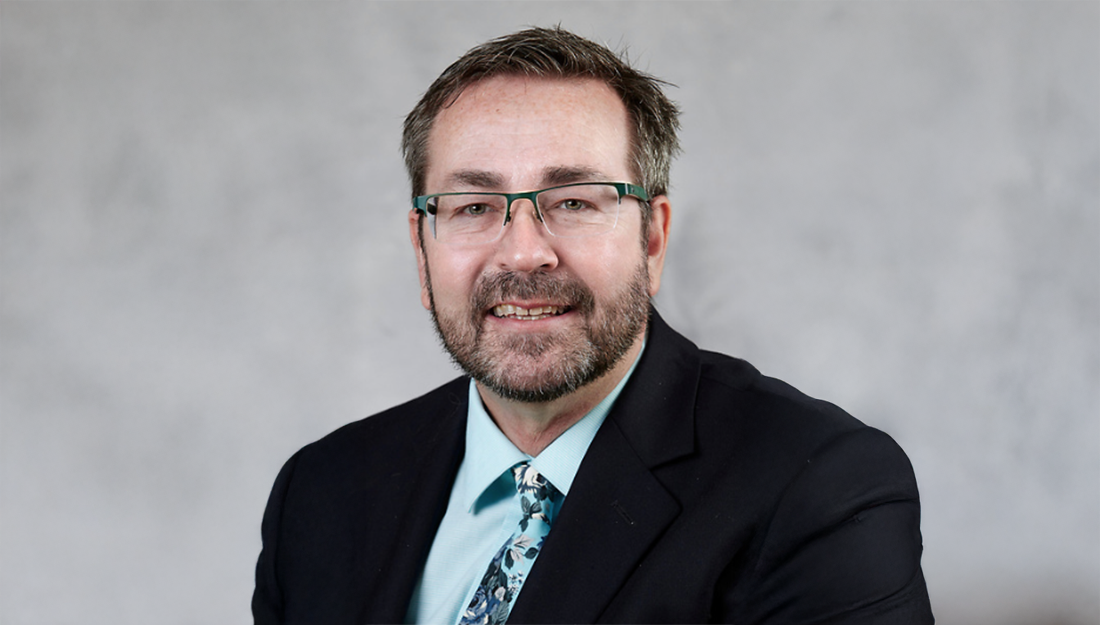- Rae Lynn Mitchell
- Dentistry, Medicine, Nursing, Pharmacy, Public Health
Infrequent discussion of activity in primary care
(COLLEGE STATION, TX) — Researchers at the Texas A&M Health Science Center School of Rural Public Health have found physicians discuss social activities in only 31 percent of medical encounters with geriatric patients, and this lack of communication negatively affects overall patient satisfaction, can increase patient anxiety and could mean sacrificing potential health benefits.
But, when physicians do discuss social activities during medical encounters with older patients, these patients walk away with a greater sense of satisfaction, “increased adherence to treatment” and a greater chance of “reaping health benefits that improve quality of life and medical outcomes.”
The study, “Physician Discussion about Social Activities in Primary Care Encounters with Older Adults,” is available online ahead of print and in the July issue of Southern Medical Journal.
“Family physicians should know the importance of social activity factors to overall health and patient satisfaction and how those social factors might influence medical diagnoses, treatment options and overall health status,” said Marcia G. Ory, Ph.D., M.P.H., professor of social and behavioral health at the HSC-School of Rural Public Health and lead author.
By reviewing more than 400 videotapes of primary geriatric medical care visits, Dr. Ory and her colleagues found white (non-Hispanic) patients were significantly more likely to have a discussion with their physician about social activities during their visits than minority patients. Specifically, discussions occurred 35 percent of the time with white patients compared to only 19 percent for minorities.
Physician age and race/ethnicity also had an impact on whether there was talk about social activity during the visit, with 33 percent of visits with white physicians involving a discussion compared to 21 percent of visits with minority physicians.
Recent studies have found patients who visit physicians of the same race are more satisfied with their physicians. The researchers note this finding could have played a significant role in the study, though patient-physician concordance was not recorded.
Based on these findings, Dr. Ory, an HSC Regents Professor, recommends family physicians learn how to ask questions related to social factors as part of the standard interview process to determine their impact on treatment recommendations and disease management. Future research “should examine whether race-concordance and race discordance are associated with the presence of social activity discussion.”
Other HSC-School of Rural Public Health social and behavioral health contributors to the Southern Medical Journal study were Angie Wade, M.P.H., staff member, and Christine Kaunas, M.P.H., formerly with the school. Rachel Bramson, M.D., M.S., associate professor of family and community medicine in the HSC-College of Medicine, and Paula J. Yuma, M.P.H., C.H.E.S., at the Children’s Hospital of Austin also contributed.
Research was supported by the HSC-School of Rural Public Health, the National Institute on Aging and the Scott & White Health Services Research Program.
The Texas A&M Health Science Center provides the state with health education, outreach and research. Its seven colleges located in communities throughout Texas are Baylor College of Dentistry, the College of Medicine, the College of Nursing, the Graduate School of Biomedical Sciences, the Institute of Biosciences and Technology, the Irma Lerma Rangel College of Pharmacy and the School of Rural Public Health.
Media contact: media@tamu.edu


